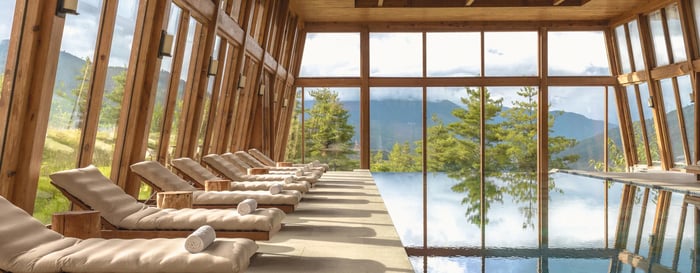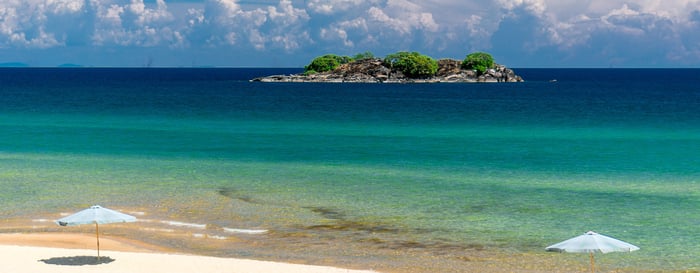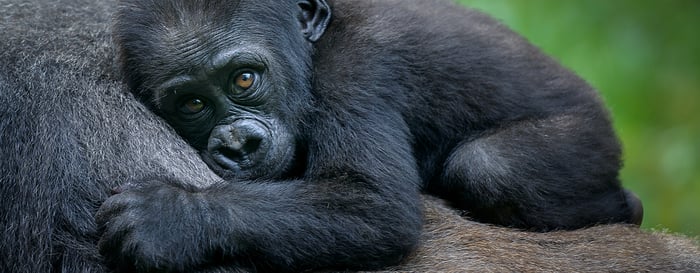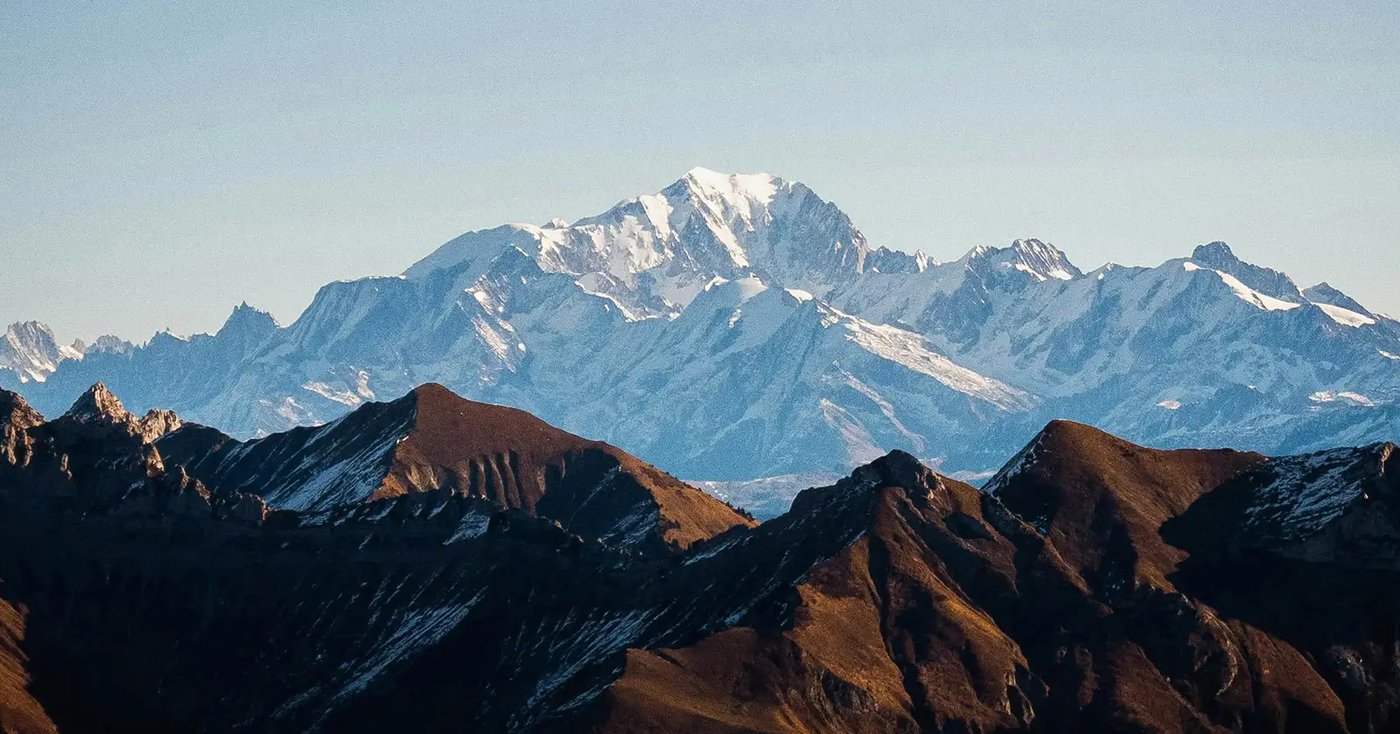Houston… we have a problem. The line between Singapore and the Johnson Space Station is weak and astronaut Don Pettit is struggling to hear us. However, he’s in no hurry. He is having a mundane day in the office doing his travel expenses. Luckily for NASA it’s only for a trip from London to Texas. For usually Pettit can be found on the International Space Station (ISS) 240 nautical miles above the surface of Earth. The American chemical engineer has taken part in two long-duration stays aboard the ISS, one space shuttle mission, and has also taken part in a six-week expedition to find meteorites in Antarctica.
But today, the astronaut with the soft American drawl is talking to us about his time on the ISS. For when Pettit isn’t carrying out experiments for NASA or demonstrating microgravity to kids using characters from the Angry Birds, he is picking up his camera and shooting the most breath-taking images from space.

“Photography has been my passion ever since I was a little kid. I started off with a Kodak Brownie camera that used black and white film. I would develop my own film and if I could make money on the side, I would buy a better camera. I basically grew up with photography,” says Pettit. “I was always taking pictures. Here at NASA they encourage us to take photographs so that we know how to use cameras in space and hone our skills. I’m always taking pictures. It’s one of the fun aspects of life on Earth or life off of Earth.”
While the ISS offers amazing panoramas, it also brings with it challenges. “We are moving so fast around the Earth. The detail on earth moves by really quickly,” says Pettit. “If you want to take a picture of a specific place, for example, the Eiffel Tower, Hong Kong or Singapore… to get the money shot you have maybe 10 seconds where everything is lined up with the composition you want. If you pick a camera up and have to turn it on or change lenses you’ve missed your shot.”
But this isn’t the only surprise that photographers in space are presented with says Pettit. Sometimes the technology suffers because it was developed for one environment and now it has been taking to another setting. “The range of brightness far exceeds what you have on Earth. Our atmosphere acts as an incredible buffer. Space itself is as black as black can be, but Earth can be incredibly bright. The algorithms in the cameras are not designed for this range of brightness. So you need to make adjustments.” And the face recognition software is also an issue for photographers in space. “It’s hard taking snapshots of crews. As it’s not uncommon for a crew member to be hanging upside down in the picture.”



Pettit has managed to perfect his photographs by coming up with mini innovations using the junk parts he found lying around the International Space Station. “If you’re using slow shutter speed at night time you need to compensate for the motion,” says Pettit. “Hand tracking used to be so rough. Everything would be jiggly and blurry. I made a tracking mechanism out of junk parts on the station that helps you smoothly track out the orbital motion with very little blurring. It’s called a barn door tracker in amateur astronomer vernacular. Amateur astronomers use these to take pictures of space and I was doing this to take pictures of Earth.”
But the planning and patience needed to get the perfect shot is worth it. “My favorite photographs are the star trail pictures. These are photographs that are time exposures. They represent a 30-minute exposure and show the surface of the earth as streaks of light because of cities… and stars also become streaks. An amazing amount of natural phenomenon also becomes visible from the atmosphere from airglow to meteorites… and then pieces that look like an outline of some sort of ghostly mechanism. To me, these photographs show an intersection of science, technology, and art.”
While they are hundreds of miles above Earth, they can spy a few details on Earth with the help of telephoto lenses. “If you look down at a typical city it is hard to distinguish, but you can see perhaps circular irrigation plots, the effects of clearcut logging and you can see a highway as it cuts across the desert because of the high contrast,” says Pettit

Back on Earth Pettit still follows the routine he followed in space. Including the morning workout that he used to keep him healthy for doing the spacewalks he needed to do while on the station. “I am still an active astronaut and I hope to get another flight assignment. In between flights you work at NASA Johnson Space Center. Working with astronaut colleagues getting ready to launch and make sure that they have all the technical details they need to do their mission.”
Until the rest of us can hitch a ride with on Branson’s space programme, we have Pettit’s images to show us what wonders await us. “When people look at my photographs I want them to see the artful aspects of nature and the machines designed by humans that allow us to travel [there],” says Pettit.
Pettit’s images have been released in a new book Spaceborne by PSG. It features Pettit’s famous star trail images, the aurora borealis, infrared images, black and white and landscapes, and other intriguing shots from space.
Active Relaxation in Bhutan
Paro, Thimphu & Punakha Gangtey, Bumthang & Beyond
-
Hike to the Taktsang Tiger’s Nest Monastery
-
Visit the 108 memorial chortens on the Dochula Pass
-
Enjoy gentle nature walks in the Bhutanese countryside
-
Watch rare black-necked cranes in the Phobjikha Valley
-
Explore Bhutan’s vibrant temples, monasteries and dzongs
Northern Malawi Adventure
-
See abundant birdlife and reintroduced elephants at Nkhotakota
-
Go trekking and mountain biking around the great plateau at Nyika
-
Relax and unwind on the pristine beaches of Likoma Island
-
Experience river, 4WD, and walking safaris to see Malawian wildlife
-
Enjoy a variety of watersports in freshwater Lake Malawi
Uganda Primate Safari
-
Observe family groups of wild chimpanzees in Kibale National Park, Uganda
-
See a huge diversity of primates including the rare L’Hoest’s monkey
-
Hike around stunning volcanic crater lakes
-
Experience two family gorilla groups in Bwindi Impenetrable NP
-
Spot rare birds and butterflies in Bigodi Wetland Sanctuary in Africa










